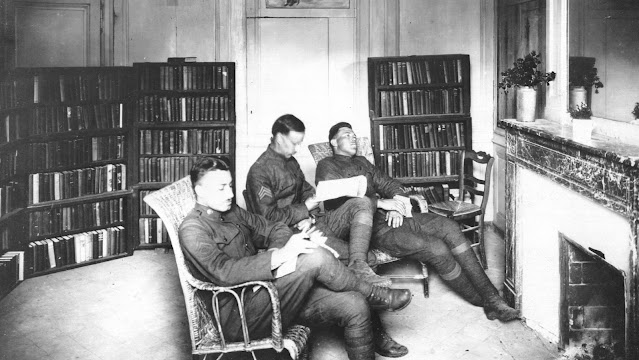The Impact of World War II on Furniture Design in Europe
The aftermath of World War II brought about profound changes in Europe, not only in terms of politics and economics but also in the realm of design. The furniture industry was no exception, as the war had a significant impact on materials, aesthetics, functionality, and the sentiment of the people.
In Italy, the post-World-War-II era was marked by innovative design. By then, the slow development of the Italian economy in the twentieth century was overcome, and Italian designers began to experiment with new materials and forms. Soon, Italian furniture design gained international success.
In Scandinavia, the war sparked a design trend that emphasised simplicity, functionality, and natural materials – design that was democratic, minimal, intimate, and focused on the home and family, not the State. The term 'Scandinavian design' also reflected the solidarity between the Nordic countries, which, despite their dissimilar histories, cultures, and even geographical features, grew during and after the war.
The post-war era in Germany was marked by a focus on functional and practical furniture design that could be produced quickly and efficiently – a reflection of the needs of a society in the process of rebuilding. Modular furniture became popular due to the need for flexible and adaptable living spaces in the face of housing shortages.
Italian furniture designers, in particular, played a pivotal role in the post-war era, introducing innovative and experimental approaches that reflected the desire to rebuild and create a modern world full of novelties. Among them, Gio Ponti, the visionary Italian designer, architect, artist and publisher, emerged as one of the most influential figures in 20th-century design. His iconic piece, the Round D.154.5 chair, which manifested during this time stands as a testament to the design mindset of the era.
The Round D.154.5 Chair: A Visionary Design
The Round D.154.5 chair, designed by Gio Ponti, embodied the innovative and futuristic design language of the early 1950s. The chair featured modern shapes that were considered groundbreaking at the time. It was a departure from traditional furniture design and pushed the boundaries of what was previously thought possible. Ponti's inspiration for this chair stemmed from the desire to create functional and essential shapes, in line with the post-war mentality of moving away from the past and embracing new possibilities.
Materials and Technology
The availability of innovative materials and technologies played a crucial role in shaping the design of the Round D.154.5 chair. Ponti used avant-garde materials such as Vipla, a leather-like plastic material, for the upholstery. The chair's structure employed curved plywood, which joined the backrest and seat, and the legs were made of metal with non-slip tips, ensuring easy assembly. The combination of these materials and technologies allowed Ponti to create a chair that was both aesthetically pleasing and functional.
Design and Construction
The Round D.154.5 chair, also known as 'Otto Pezzi' (Eight Pieces), comprised eight individual components that came together to form the chair. These components included the backrest, seat, two curved plywood elements, and four legs. The chair's construction was simple yet effective, showcasing Ponti's ability to achieve a cohesive design using minimal components. This innovative approach to construction made the chair not only visually striking but also structurally sound.
Designed in 1954, over the years, Round D.154.5 became a sought-after collector's item due to its rarity and unique design. In recent times, thanks to the Heritage Collection reissue project by Molteni&C in collaboration with the Gio Ponti Archives, the chair has been revived. Through meticulous research and attention to detail, the chair has been faithfully reproduced, bringing back to life a forgotten masterpiece.











Comments
Post a Comment